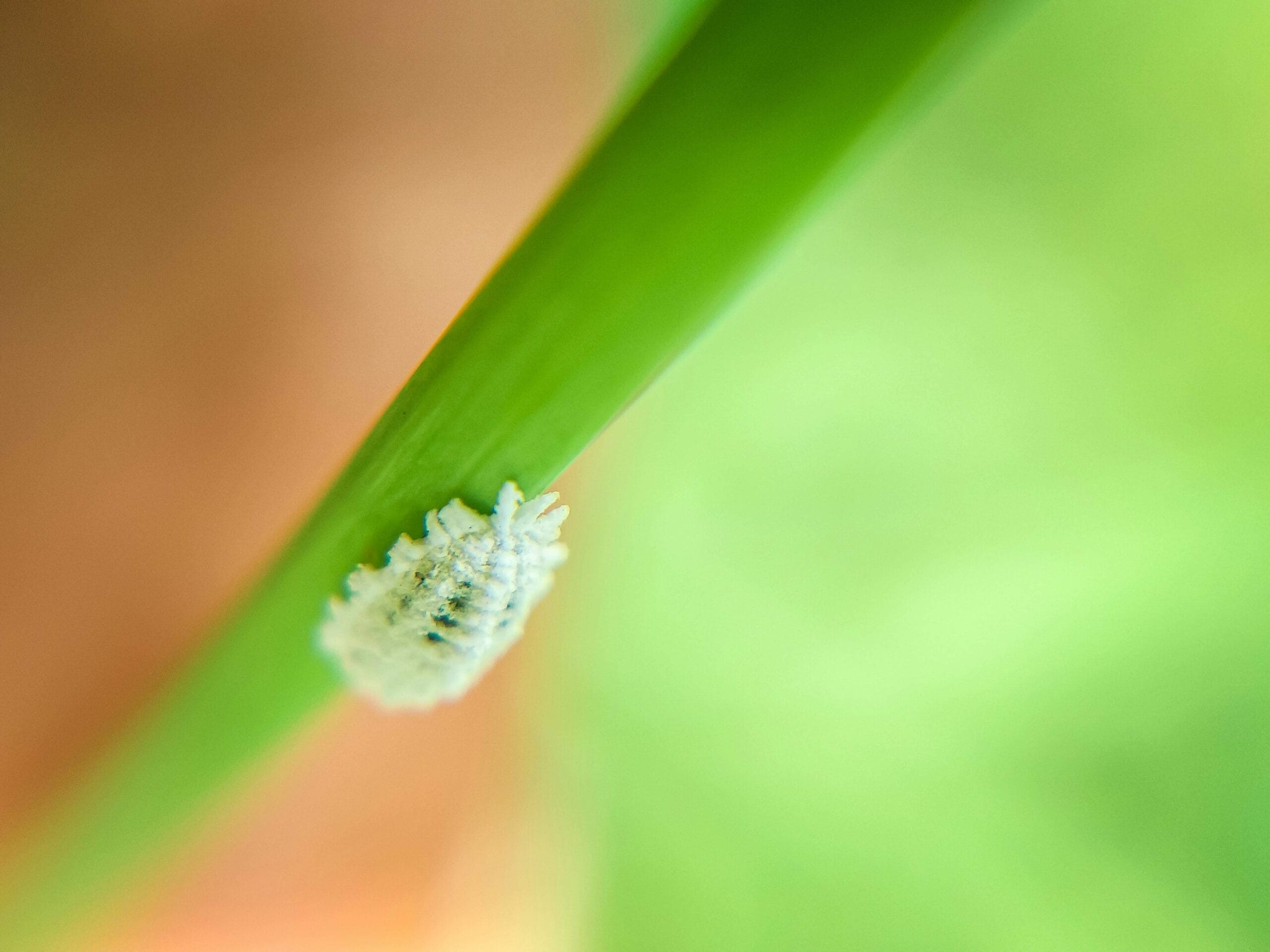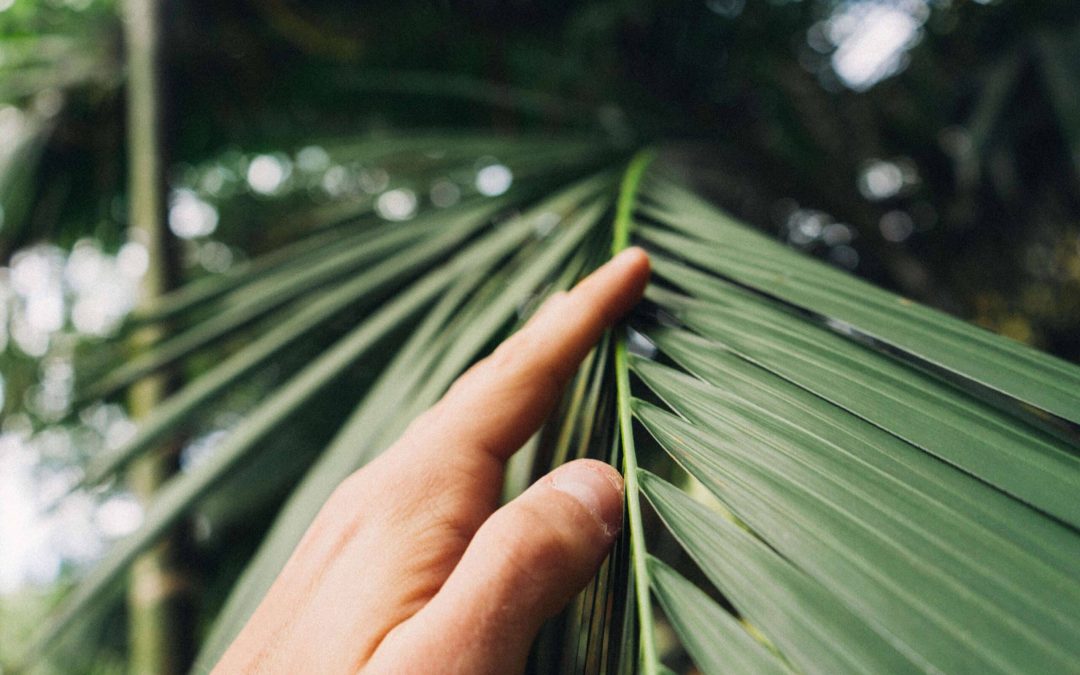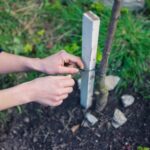Are you choosing a palm for your yard? The bottle palms at our wholesale nursery in Sarasota, FL, are not only a great conversation starter but also an easy-to-care-for palm species. Read on to get insights from Troy’s Tropics Inc.’s experts into how to plant and take care of your bottle palm.
Fun Facts about Bottle Palms
Did you know that despite their name, bottle palms don’t store any liquids in their trunks? It’s a myth! These fascinating palms hail from the remote Mascarene Islands, particularly Round Island, nestled near Madagascar. Unfortunately, despite their popularity in cultivation, bottle palms are endangered in their native habitat.
Tips on Planting a Bottle Palm
If you are planning to add a bottle palm to your yard, make sure to choose a place with abundant sunlight, as bottle palms require direct sunlight to thrive.
Let’s explore some ideas about some design uses for the bottle palm in your yard in Sarasota, FL.
Bottle palms offer versatile landscape uses, making them an excellent choice for various garden settings. They serve as striking specimens for both small and large garden beds, adding a touch of tropical elegance. Placing them at the center of a circular drive or along driveways and walkways enhances the landscape’s focal points and provides a sense of symmetry. These palms also make a grand statement when positioned at the entryway, provided there’s ample space for their fronds to gracefully spread out. For those with pool cages, bottle palms thrive as eye-catching additions within the planter area, creating a lush ambiance. Additionally, container varieties of bottle palms are ideal for brightening up sunny patios with their distinct silhouette and vibrant foliage.
At Troy’s Tropics Inc., we also offer home landscape design services. If your future bottle palm is only one piece of a puzzle, don’t hesitate to reach out to us for a design consultation. We would be more than happy to assist you in designing a landscape where your bottle palm will shine in its full glory.
Bottle palms have crown shafts, which means they shed old fronds. Sometimes the old frond may remain due to Potassium deficiency. In these cases, spring is a good time to clear these away to encourage new growth.
Ensure consistent watering, monitoring the soil’s moisture levels, and hydrating whenever the top layer begins to dry out. For container plants, relocate them to a sunny location to bolster growth.
Summer Care Tips for Bottle Palms
During the summer months, ensure that your bottle palms are receiving ample sunlight, as these tropical plants thrive in sunny conditions. Keep a vigilant eye out for any signs of diseases or pests that may arise during the warmer weather. For container plants exposed to more than six hours of sunlight daily, consider relocating them to a partially shady spot to prevent sunburn.
Adjust watering frequency as needed, especially considering the amount of rainfall received weekly. To support flowering or fruiting, continue fertilizing. We recommend using Troy’s Tropics’ own 15-2-8 Fertilizer blend which also includes minor elements. It’s specially formulated for the Sarasota area and slowly releases over 2 months for ease of use.
Summer is also an opportune time for propagating new plants from root or stem shoots. Carefully remove the cuttings, coat them in a rooting hormone powder, and plant them in containers to establish new growth.
Autumn Care Tips for Bottle Palms
As fall approaches, keep the soil consistently moist by watering whenever it becomes dry, and maintain a consistent fertilization schedule to support healthy growth. Ensure that your bottle palms continue to receive bright sunlight throughout the season, as this promotes optimal development. Fall also presents an opportunity for propagation, where you can take cuttings and repot them to expand your palm collection. However, remain vigilant for pests and diseases such as scales and mealybugs, as they can still pose a threat during this time.
Winter Care Tips for Bottle Palms
While bottle palms don’t have a high water demand during winter, they still require ample bright light to thrive. Reduce watering to a minimum during this time, as the plant enters a restful period. However, you should remember to keep the bottle palm exposed to bright sunlight. Avoid feeding the plant during the winter. Providing some cold protection and ensuring it receives adequate sunlight are the primary concerns during this season. With minimal intervention, bottle palms can largely manage themselves through the winter months.
Protecting Your Bottle Palm from Pests and Diseases

Mealybugs, scales, and spider mites are the most common enemies of bottle palms. Mealybugs feed on plant phloem, diminishing plant vigor. Their honeydew and wax lead to reduced plant and fruit quality, especially when black sooty mold grows on the honeydew. A high population of mealybugs can impede plant growth and cause leaf drop.
Bottle palms may experience diseases like stem rot, bacterial leaf streak, and leaf spots. Fungicides may be necessary in severe cases, but following recommended application guidelines is essential.
One nutritional challenge faced by bottle palms is Potassium deficiency. Symptoms include brown spotting on the oldest fronds and marginal and streaked brown patches. Applying a fertilizer can help address Potassium deficiency. Severe cases may require treatment with a controlled-release sulfur-coated potassium sulfate product.
We hope you found these tips for taking care of your bottle palms useful. If you’re ready to pick up your own, head over to Troy’s Tropics, a wholesale nursery in Sarasota, FL. Get in touch today to secure a perfect bottle palm addition to your garden.






